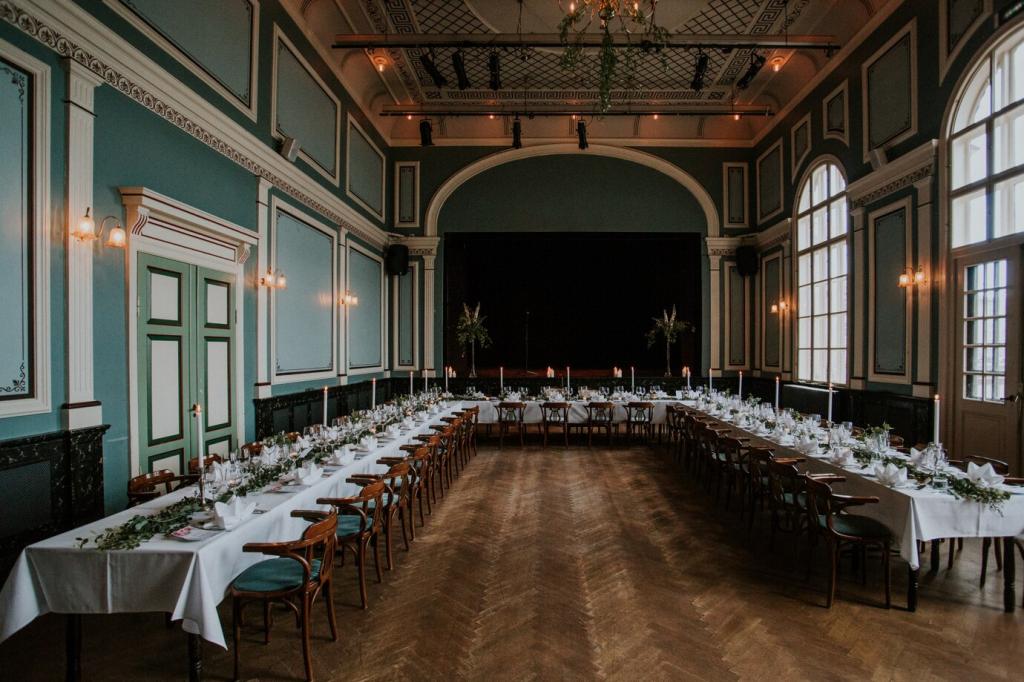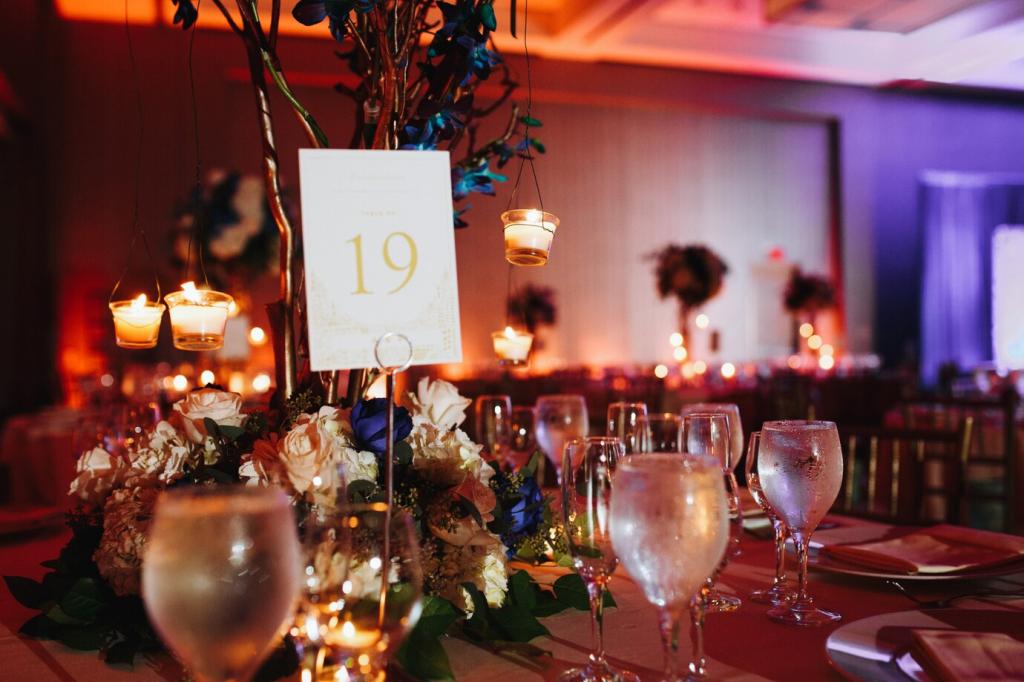Ignite Imagination: Creative Corporate Event Themes That Move People
Why Creative Corporate Event Themes Matter
Cognitive science shows we remember narratives far longer than isolated facts. A creative theme offers a narrative frame, helping attendees organize information, feel part of a story, and act with purpose. Share a moment when a theme made learning effortless and unforgettable.

Know your audience
Interview stakeholders and attendees to uncover motivations, fears, and desired wins. Use short surveys and corridor conversations to validate assumptions. The right theme emerges when you understand the job your event must do for real people, not just the agenda.
Craft a narrative arc
Structure the journey: spark curiosity, build momentum, stage a climax, and close with commitment. Name acts and scenes to guide programming. A memorable arc helps teams produce content that feels connected, timely, and emotionally honest. Share your favorite act names.
Design multi-sensory touchpoints
Bring the theme alive through visuals, sound, scent, texture, and even taste. A subtle soundscape during transitions or tactile signage can heighten recall. Small, consistent details outperform one giant prop. Which sensory detail do you never forget? Drop it in the comments.
Transform your venue into a working lab where attendees co-test features with product teams. White coats, live prototyping stations, and a discovery passport turn exploration into a game. Metrics: completed experiments, feature feedback depth, and post-event trial activations.

Case Stories: Themes That Changed the Room
Future Foundry hackathon
A software company framed its hackathon as a foundry forging tools for tomorrow. Sparks appeared in animated transitions, judges wore etched metal badges, and winning teams rang a brass forge bell. Result: record prototype completion and three products shipped that quarter.
Green Skyline sustainability summit
The city backdrop grew greener across sessions as attendees unlocked pledges, literally changing the skyline on a living LED mural. Practical workshops replaced jargon, and leaders signed a visible carbon charter. Post-event, facilities reported a measurable energy reduction within six weeks.
Museum of Mistakes compliance day
Compliance training became a curated exhibit of past mishaps with audio guides from real employees. Visitors earned “curator cards” by diagnosing risks and proposing fixes. Engagement spiked, incident reports improved, and the tone shifted from fear to shared responsibility.
Metrics and Feedback: Proving Your Theme’s ROI

Experience scorecard
Combine satisfaction, relevance, and intention-to-act into a single experience index. Capture quick pulse checks at scene changes, not only at the end. Tag scores to specific theme elements so you can replicate winners and retire weak patterns confidently.

Signal mining on social
Track share rates of theme visuals, sentiment around narrative language, and photo density near designed touchpoints. Social signals reveal which moments felt authentic. Invite attendees to post their favorite theme detail and tag your brand for a chance to be featured.

Post-event synthesis sprint
Host a cross-functional workshop within 72 hours. Review data, stories, and costs to extract principles that scale. Translate insights into a reusable theme kit with assets and guardrails. Ask readers which part of this process they want us to model next.
